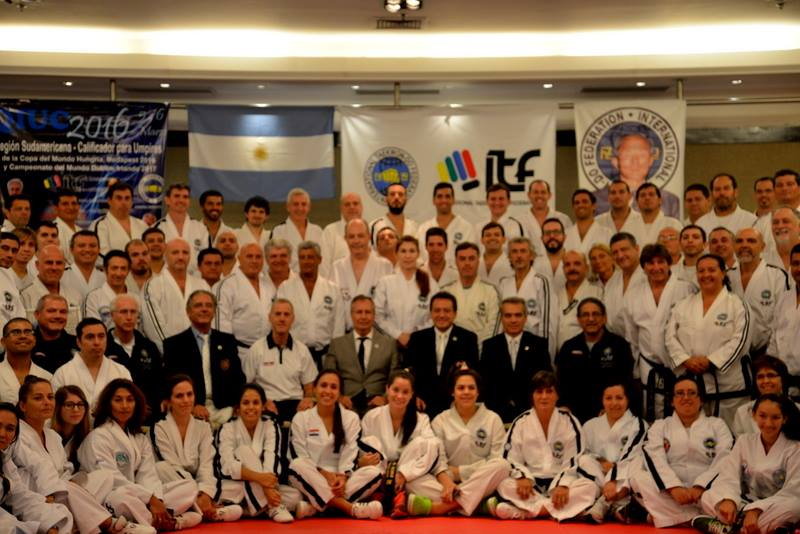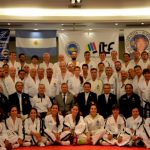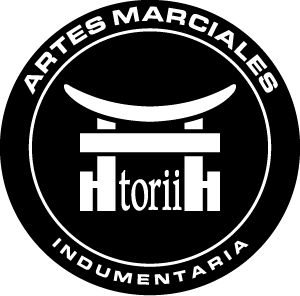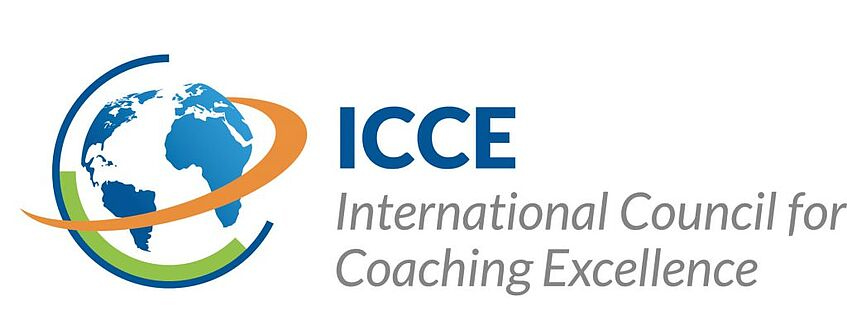During the last Saturday 5th and Sunday 6th, the 23rd International Qualifier Umpire Course took place in the city of Resistencia, Chaco, Argentina, with the presence of the President of the ITF, GM Pablo Trajtenberg, Vice President of the ITF, GM Javier Dacak, the Director of the ITF, GM Wim Bos, and the Grand Masters Guillermo Ramisch and Armando Grispino, which was attended by 150 Masters and Instructors from Argentina, Bolivia, Brazil, Chile, Paraguay, Peru and Uruguay. Organized by Senior Master Abelardo Benzaquén and led by the Chair of the ITF Umpire Committee Senior Master Alberto Katz and Senior Master Ruben Suarez, a member of the Committee, the training began on Friday 4th with the preparation dedicated to the IT Assistants.
This preparation on the new official electronic system of «scoring» is critical, as these assistants would administer the score of each competitor during the development of the IUC and then in each match during the Championships. This training was not limited to the management of the new software, but also they had to internalize the rules of protocol and the different procedures for each type of competition.
It is worth mentioning also that the structure, development and content of this course correspond to M. Katz, whom by methodological issues divided it into four blocks.
[separator top=»40″]
First block
In charge of M. Suarez, during the first hours it was focused on the new modality of «scoring» for individual patterns, team patterns, and pre-arranged sparring.
The new in this system is that for individual patterns, the umpires must make their evaluation in three different aspects: technical content, rhythm and sine wave movement and power. While for the team patterns and pre-arranged sparring, they must evaluate the technical content, teamwork, choreography, difficulty and power.
In this way, was addressed the issue of the penalties and the points deduction, and was emphasized the need that the umpires must know in detail the patterns and each of the techniques that compose them.
In this regard, M. Katz on several occasions recommended to participate in the IIC and to know the umpire rules and regulations published in the Official Web as a sine qua non to be an Umpire. This evidence the necessary specialization and complementation when the training of Masters and Instructors in general, and Umpires in particular.
Then, also the introduction of the Umpire’s Manual Reference was done, developed by Master Wallace and corrected by M. Katz, which is currently under translation. As it was commented, in the manual are specified in different tables, all the existing techniques, the corresponding heights, displacements, location of hands when kicking, etc., as well as the Korean terminology used to describe each technique. Continuing with the training, M. Suarez divided the class into teams, each headed by a leader, and conducted practical work which consisted in preparing a pattern with certain peculiarities to which they then had to evaluate.
The watchword was clear: detect errors in the execution of patterns. As did M. Katz and GM Bos, he spent much of his presentation to highlight aspects to consider when performing patterns and he even shared his own mnemonic.
Regarding the pre-arranged sparring, the characteristics to be considered for the preparation and evaluation in competitions were analyzed step by step and rigorously. As one of the less known specialties, the presentation was very attractive and each of the responses to the queries made, were enlightening. As a way to reinforce the enormous amount of theoretical information provided, videos were played, showing different situations occurred in competitions, which was useful for attendees to view the application of the rules.
To the above, advices were added, so each umpire aspirant can count with a solid base of knowledge grounded in the theory and in the practical experiences.
There was no lack of discussions about arbitration decisions, the patterns execution, the areas dimensions, the amendments to the rules and the comments and inquiries about specific cases, to all of which the lecturers were very open and willing to respond.
[separator top=»40″]
Second block
By Saturday afternoon it was the turn to work in all matters relating the sparring arbitration. As in charge of the Chair of the ITF Umpire Committee, M. Katz emphasized the preparation and predisposition necessary to hold that position and as a reference was taken the following sentence: «I have to be free and ready to be a central referee».
Thus, protocol standards and complete signalling for the central referee were exposed, were identified the conditions to be met to give points, an interpretation was made of the particularities of each warning, of the exceptions and the care to take into account when to punishing. Continuing with the teamwork, the participants had put into practice the knowledge gained through exercising, only interrupting to reinforce or correct the concepts.
There were not left out of the considerations and analysis, not even the smallest detail on the execution of the techniques, as Masters Katz and Suarez, as well as GM Bos, added their contributions founded in their vast experience as competitors, umpires and outstanding teachers. But on the consideration of the attendees, what most enriched each stage was certainly when the lecturers shared anecdotes, stories of processes to develop or modify the rules as well as relevant cases that were taken as examples for the analysis and to resolve problems.
[separator top=»40″]
Third block
Conducted by M. Katz, in the Sunday morning, the place was acclimated to simulate a competition of patterns, breaking and sparring. The first part was dedicated to clarify all aspects of the breaking competition for both power and special techniques. In that way, the protocol was minutely explained and was made known the procedure through the mnemonic «A.M.E.» which means Align, Measure and Execute.
In each of these three stages, were explained each of the aspects necessary for not committing infractions, for knowing the signals, the punctuation, the materials and the used machines. As throughout the entire course, M. Katz personally made a lot of demonstrations on the execution of each type of break, technique by technique, on the implementation of the rules, the most common errors, etc.
Also, the brands of the elements of breaking, the technical specifications of the devices used and the standardization process that has been done, the use of technological accessories, the Korean nomenclature of each technique and other details were exposed masterfully, clear and concrete by lecturers.
[separator top=»40″]
Fourth Block
The course entered into «tournament mode». In the module corresponding to patterns, the direction of the exercises was in charge of M. Suarez, while in the one dedicated to sparring, the exercises were conducted by M. Katz. Both works were carried out simultaneously.
With two rings of regulatory size, competitions of patterns and sparring were performed, during which the attendees could first become familiar with the use of controls, with the reading and interpretation of the data provided by the electronic board, with implementing the entrance protocols, with the bowings from the competitors, the controls and act on each of the roles that include a Ring Council.
Thus, there were those who act as Jury President, as Jury Members, as IT Assistants, as Central Referees or as Umpires, working and facing drawbacks and seeking to resolve them in real time, which printed it a more realistic character.
[separator top=»40″]
The highlights
The level of oratory of exhibitors, the constant willingness to answer questions, to hear the claims for particular situations occurred in past championships, the energy and remarkable passion with which they were devoted to the teaching.
To this must be added the clear preparation of each of the content provided, the modality of an extensive course that presents the challenge of maintaining the constant concentration of attendees.
[separator top=»40″]
The distinctive
The extensive experience of the lecturers that allows knowing the past, the why of the present and the continued work towards improvements to be implemented in the future. The anecdotes that enrich entertain and distend.
[separator top=»40″]
The novelty
The implementation of a written exam multiple-choice, that had to complete each of the attendees which forced the review of rules, actions and technical content.
[separator top=»40″]
The organization
To organize a course is not an easy task. Much less if counts with the presence of several of the leading exponents at global and national level and with 150 Masters and Instructors from 7 countries of South America. From the promotional information that was launched months earlier, the chosen venue, the reception of the participants, the details for registration, the assistance for accommodation and the delivery of materials and each of the breaks offered during the event represented, without a doubt, some of the success factors of this course.
[separator top=»40″]
Final notes
The members of the ITF Umpire Committee meet at least twice a year to discuss the rules, to review them, to discuss practical cases arising from the annual competitions and to carry out an analysis and a balance of the performance of all those responsible for applying the rules.
In that sense, and throughout the course, Master Katz stressed the importance of being familiar with the rules for which he invited to consult allthe appendixes and sections posted on the official website of the ITF and to be attentive to periodic modifications done as a product of the above mentioned analyzes.
This shows that the premise of continuous improvement and modernization is not just a theoretical statement.
[separator top=»40″]





















